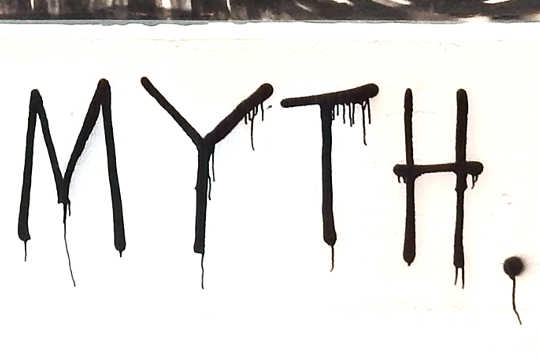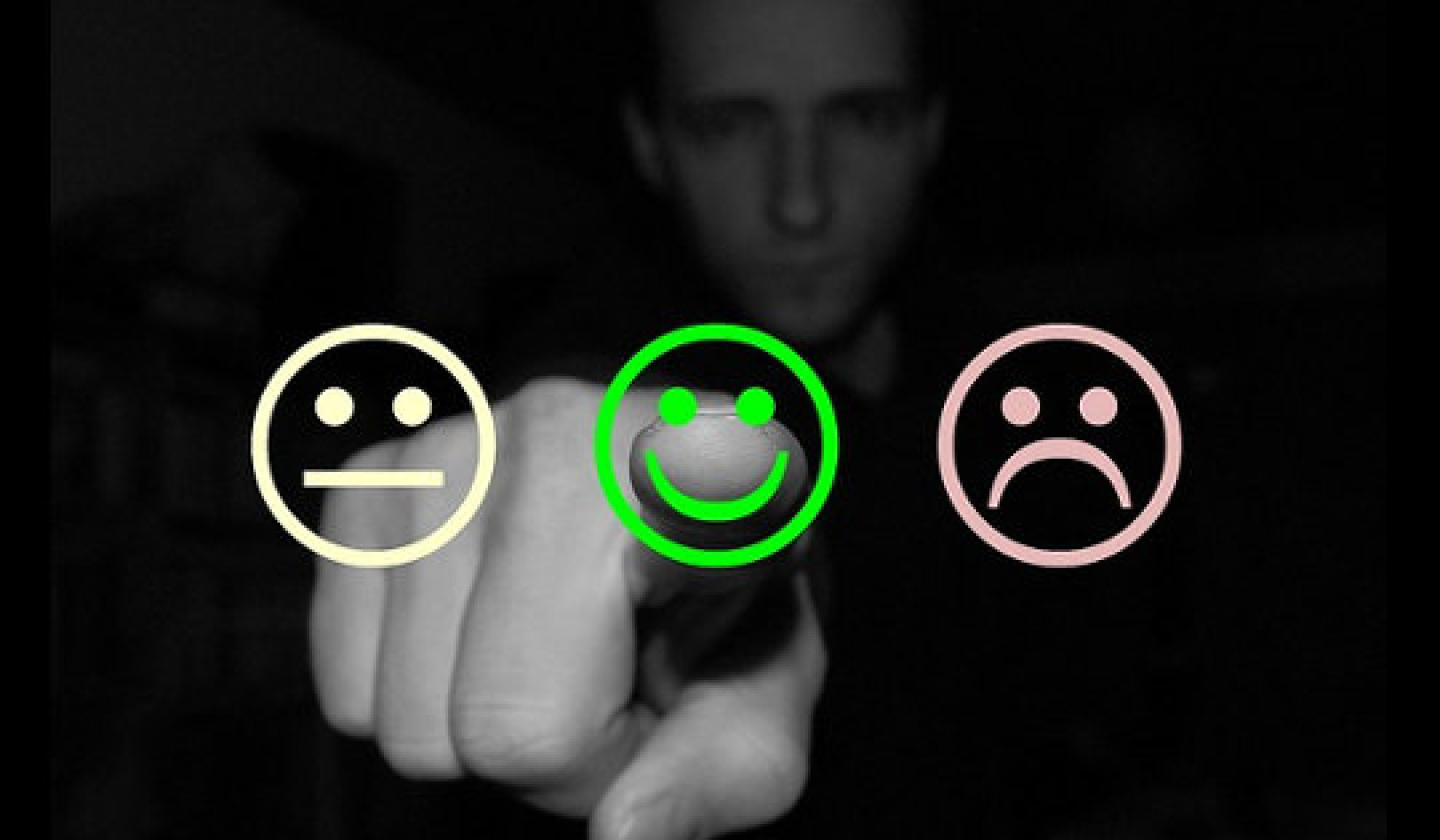
The holiday season usually has the lowest monthly suicide rates, but a new analysis shows that in the 2019-2020 holiday season, about half of the newspaper stories that connected the holidays and suicide contained misinformation falsely perpetuating the myth.
While the COVID-19 pandemic has increased risk factors associated with suicide, the media and the public should be careful this holiday season not to make unfounded claims about suicide trends.
“News stories must always be careful not to sensationalize suicide,” says Dan Romer, the research director at the Annenberg Public Policy Center (APPC) at the University of Pennsylvania, who has been tracking holiday-season press coverage about suicide for over two decades.
The US National Suicide Prevention Lifeline is 800-273-TALK (8255)
“Creating the false impression that suicide is more likely than it is can have adverse consequences for already-vulnerable individuals. This potential danger is even more critical this year, when COVID-19 has caused hundreds of thousands of deaths in the United States alone.”
Though the pandemic has increased factors associated with suicide such as unemployment, financial stress, and social isolation, there is no clear evidence to date that it has increased the suicide rate, so caution is needed when reporting on this, as noted recently in The Lancet Psychiatry. In addition, a study found that suicide rates did not increase during the Massachusetts lockdown in March, April, and May, while a BMJ editorial reviewing national suicide trends during the early months of the pandemic found either no rise or a fall in suicide rates in high-income countries, including the United States.
Suicide, the myth, and the media
For decades, the holiday season has had some of the lowest suicide rates, according to the US Centers for Disease Control and Prevention (CDC). CDC data from 2018, the latest available, show that the month with the lowest average daily suicide rate was December (12th in suicide rate). The next-lowest rates were in November (11th) and January (10th). In 2018, the highest rates were in June, July, and August—respectively, 1st, 2nd, and 3rd.
The 2019-2020 APPC analysis found that the 33 articles linking the holidays and suicide were almost evenly split—17 upheld the myth (52%) while 16 debunked it (48%). By contrast, the prior year a greater percentage debunked the myth (68%) than supported it (32%).
APPC has analyzed news coverage of the holiday-suicide myth for 21 years, since the 1999-2000 holiday season. In most years, more newspapers upheld the myth than debunked it. In only three of those years did more than 60 percent of the news stories debunk the myth.
News coverage of the holiday-suicide myth
Romer notes that the inaccurate stories this year predominantly appeared in smaller news outlets. These stories frequently featured unsupported claims made by community members, columnists, and letters-to-the-editor writers.
“News outlets often publish well-intentioned stories and features at this time of year designed to help people who find the holiday season emotionally difficult,” Romer says. “But they need to be careful to avoid a false connection between the holiday or winter blues that some people experience and suicide. Years of US data show that the suicide rate drops at this time of year.”
The false connection between the holidays and suicide can be seen in examples such as these:
- According to The Aegis, in Bel Air, Maryland, a councilman from the city of Havre de Grace, Maryland, “noted that suicides in the wider community tend to increase around the Christmas and New Year’s holidays, so he urged local residents to contact Harford County’s Crisis Hotline…” (December 4, 2019)
- A column in the Eunice News (Louisiana) on “suicide prevention and facts” coming from the parish sheriff’s office says that “there is no single cause for suicide but the risk of suicide often rises during holidays.” (December 14, 2019)
- A “thumbs up, thumbs down” column in the Standard-Examiner of Ogden, Utah, reads in part: “Thumbs down: This time of year can be difficult for many, whether it’s due to a recent family loss, greater sense of loneliness, or other personal struggles. This means it’s typical to see increasing numbers of suicide attempts and death by suicide in Utah.” (December 28, 2019)
- The Hutchinson News in Kansas ran a column on the holiday mood in which the writer said: “Years ago, when I served as a pastoral counselor, in a private therapy practice with two clinical psychologists, our most demanding time was the holiday season. Indeed, suicides spiked during that time of year.” (December 17, 2019)
Not all stories make the false connection. For instance:
- In a story about mental health concerns at holiday time, a reporter for the Sun Chronicle (Attleboro, Massachusetts) included a quote that debunked the myth: “While many believe that more people kill themselves around the holidays, Annemarie Matulis, director of the Bristol County Regional Coalition for Suicide Prevention, said research shows that more people commit suicide in the warmer months. ‘It is a myth that more people die by suicide this time of year,’ Matulis said.” (December 29, 2019)
- A story in the Star-Courier (Kewanee, Illinois) about suicide prevention noted: “According to the Centers for Disease Control and Prevention, the holiday months usually have some of the lowest suicide rates, but an Annenberg Public Policy Center analysis of newspaper coverage showed 64% of stories perpetuated the myth that suicides increase during the holidays.” (December 13, 2019)
Seasonal Affective Disorder and COVID-19
Some news stories discuss the “winter blues” and seasonal affective disorder (SAD). But it is possible to reference the holiday blues without drawing connections to an increase in suicide. For example, a column in November by New York Times health writer Jane Brody successfully described the effects of the seasonal blues without suggesting that it leads to suicide.
The COVID-19 pandemic led to increased stress levels and has left people feeling both more anxious and depressed, Romer says. But in times of stress, people also find support from friends and family that can help to overcome those risks for suicide.
Romer says it’s important that reporters and news organizations debunk the myth, because letting people think that suicide is more likely during the holidays can have contagious effects on individuals who are contemplating suicide. National recommendations for reporting on suicide advise journalists not to promote information that can increase contagion, such as reports of epidemics or seasonal increases, especially when the claim has no basis in fact.
These recommendations, developed by journalism and suicide-prevention groups along with the Annenberg Public Policy Center, say that reporters should consult reliable sources such as the CDC on suicide rates and provide information about resources that can help people in need.
Journalists helping to dispel the holiday-suicide myth can provide resources for readers who are in or know of someone who is in a potential crisis. Among those offering valuable information are the CDC, the Suicide Prevention Resource Center, and the Substance Abuse and Mental Health Services Administration.
The US National Suicide Prevention Lifeline is 800-273-TALK (8255). The Federal Communications Commission has approved a plan to create a three-digit phone number, 988, for suicide prevention but it is not yet in operation.
Reviewing news coverage
The researchers identified news and feature stories linking suicide with the holidays through searches of both the LexisNexis and NewsBank databases. The searches used the terms “holiday” and “suicide” and (Christmas or Thanksgiving or New Year) from November 15, 2019, through January 31, 2020.
The search originally used only the LexisNexis database, but was expanded in 2019 to include NewsBank to provide greater coverage of the US press. Using this expanded database search, a reanalysis of prior years, including 2015-16, 2016-17, and 2017-18, did not substantially alter the proportion of stories that debunked or supported the myth.
Researchers determined whether the stories supported the link, debunked it, or showed a coincidental link. They eliminated coincidental stories. The researchers only counted domestic suicides; overseas suicide bombings, for example, were excluded.
About the Authors
Additional researchers from Annenberg Public Policy Center and the CDC contributed to the work. - Original Study

Related Books:
Atomic Habits: An Easy & Proven Way to Build Good Habits & Break Bad Ones
by James Clear
Atomic Habits provides practical advice for developing good habits and breaking bad ones, based on scientific research on behavior change.
Click for more info or to order
The Four Tendencies: The Indispensable Personality Profiles That Reveal How to Make Your Life Better (and Other People's Lives Better, Too)
by Gretchen Rubin
The Four Tendencies identifies four personality types and explains how understanding your own tendencies can help you improve your relationships, work habits, and overall happiness.
Click for more info or to order
Think Again: The Power of Knowing What You Don't Know
by Adam Grant
Think Again explores how people can change their minds and attitudes, and offers strategies for improving critical thinking and decision making.
Click for more info or to order
The Body Keeps the Score: Brain, Mind, and Body in the Healing of Trauma
by Bessel van der Kolk
The Body Keeps the Score discusses the connection between trauma and physical health, and offers insights into how trauma can be treated and healed.
Click for more info or to order
The Psychology of Money: Timeless lessons on wealth, greed, and happiness
by Morgan Housel
The Psychology of Money examines the ways in which our attitudes and behaviors around money can shape our financial success and overall well-being.























